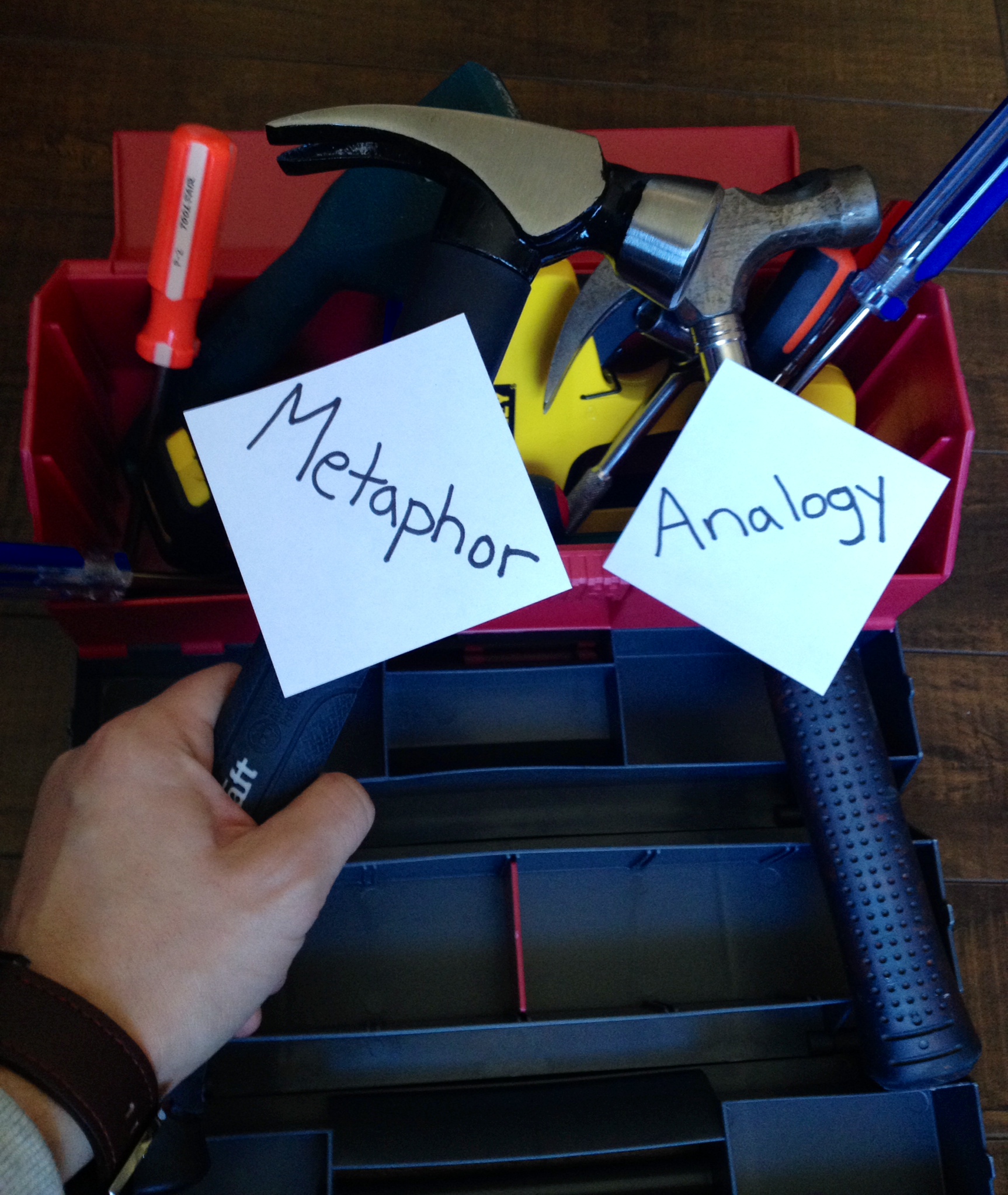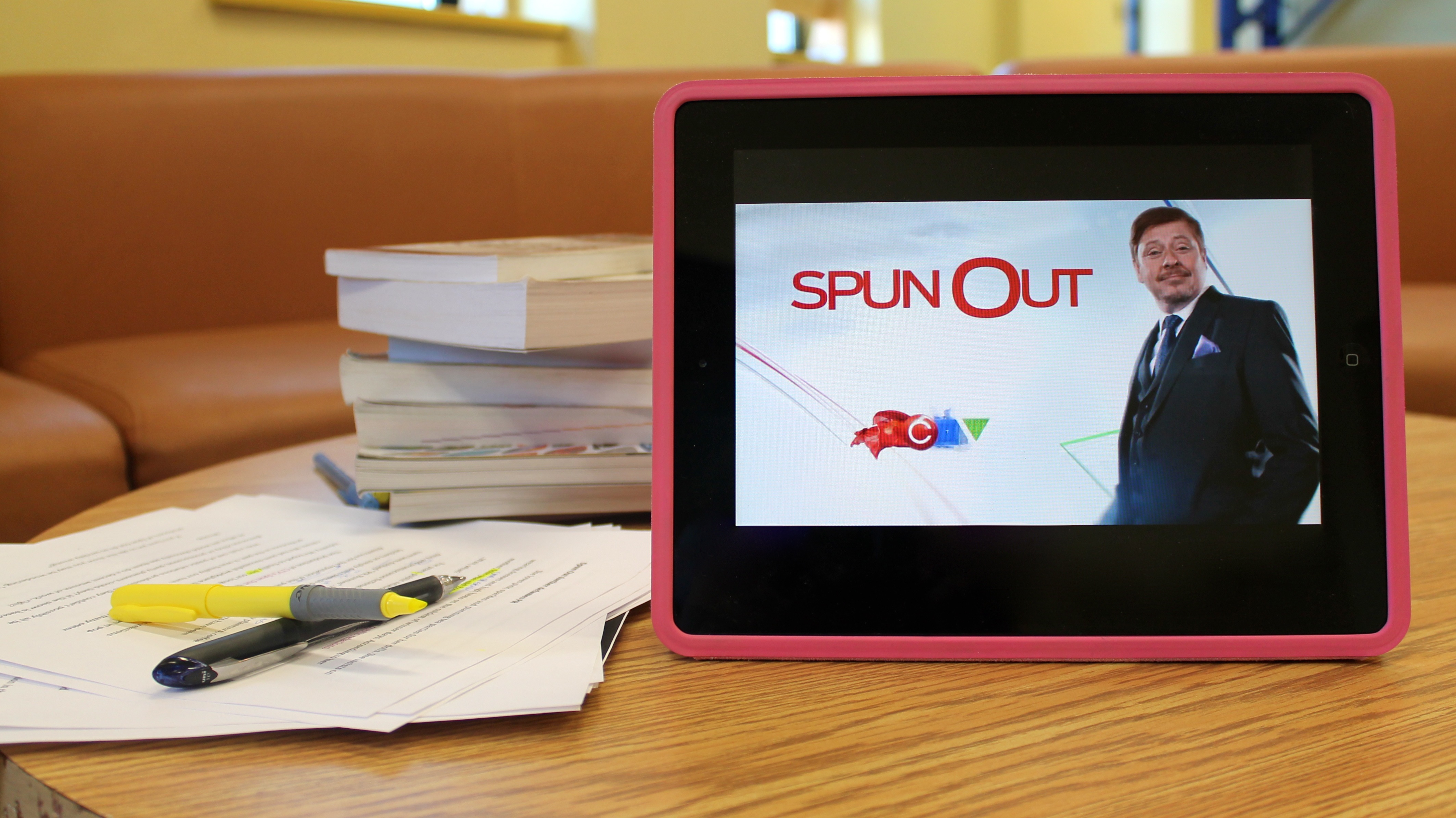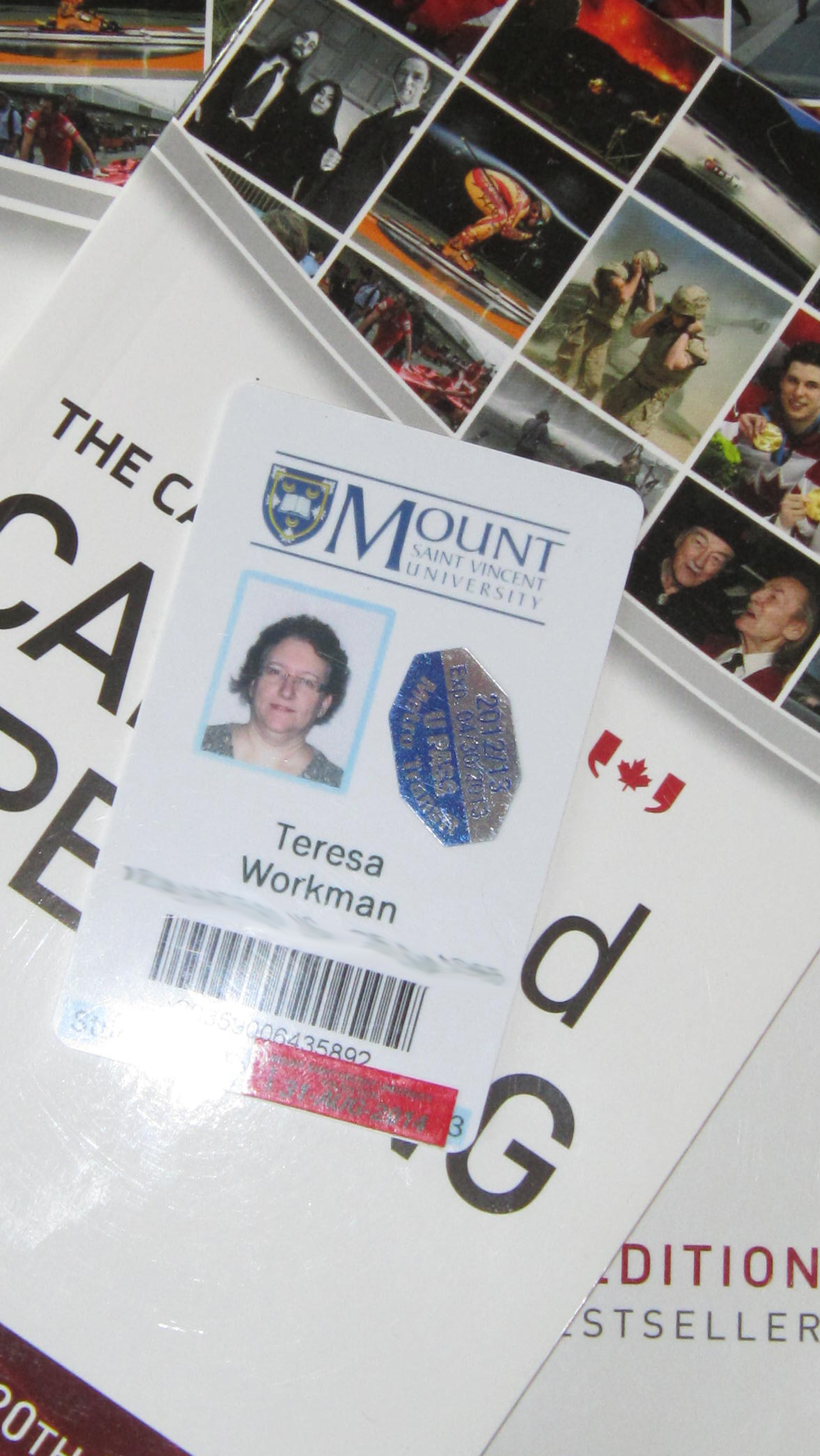Tim Stephenson
Metaphors and analogies are important public relations tools. As writers we have many at our disposal. Just like tools you find in a traditional red tool box, you need a variety to achieve your communication goals. Understanding when to use these tools is just as important as knowing how to use them well. A quick reminder on what metaphors and analogies are will show how they’re different.
Metaphor – A figure of speech in which a term of phrase is applied to something to which it is not literally applicable in order to suggest a resemblance.
Analogy – A similarity between to like features of two things, on which a comparison may be based.
My analogy of a public relations tool box was created to clearly illustrate that we all make choices as writers. What tools we decide to use, how we use them and when it is appropriate. Strong metaphors and analogies are powerful public relations tools I often reach for first.
So what public relations goals can these tools help us achieve?
1. We use them to tell stories – (Blue prints, building plans.) One goal of effective public relations is often to communicate a story. We have many ways of doing this. Great metaphors and analogies are an effective way of painting a vivid picture in your readers mind. A paragraph-long explanation can be captured and expressed at the drop of a hard hat. Lets face it, not every audience member you reach with your writing will have the same base knowledge of the issue in which you are writing about.
No matter your specific role as a communicator in your organization, your aim is to create immediate understanding with your words. Analogies and metaphors help to close that gap in base understanding so that your intended message can be received and understood by anyone. We can all relate to storytelling, and masterful storytellers will often turn to metaphors and analogies to help captivate their reader.
2. They build bridges of understanding. (Hammers, drills, saws.) Communicators are engineers. We craft, design and execute plans to build lasting structures. (relationships). The most simple error in our design can cause instability that will compromise the integrity of our work. A faulty communication strategy can lead to collapse the same way an error in blue prints for an office building will lead to instability and risk in building construction.
As writers for organizations, our inability to bridge the communication gap between our organization and our audience can be catastrophic. An analogy can be a great way to open a speech, or piece of writing. They can be used the same way an anecdotal lead is.
3. We use them to connect – (Nails, screws, glue.) Whether you are a communicator for Exxon Mobil or an independent blogger, your goal is to connect with your audience. Each communicator will have different reasons for wanting to achieve this connectivity, but analogies and metaphors will help accomplish it.
We understand analogies and metaphors without even realizing we do. Would I need to explain to you what, “you better pull your socks up” implies? They are communication tools that are designed to connect us. Producers to consumers, CEO to sales staff, writer to reader. They allow people coming from different levels of understanding on an issue to reach a shared understanding through the metaphor or analogy.
A final word of caution – Analogies and metaphors are excellent public relations tools, when used well and appropriately. The news is ripe with examples of ill-timed and horrendous use of analogies. Hilary Clinton provided a timely example on March 4, 2014 when she compared Vladimir Putin’s military maneuverings around Ukraine to those of Adolf Hitler prior to World War Two. BBC: Hilary Clitons Hitler-Putin Analogy. This analogy greatly exaggerated her intended point and was met with eye rolls from many Untied States and Russian foreign policy experts.
In contrast, an analogy can also trivialize a very serious issue by unintentionally down playing its seriousness. My closing word of advice would be, know when to use your hammer, and when a thumb tack would be more appropriate.





